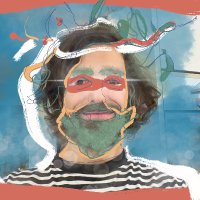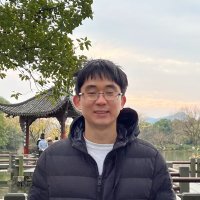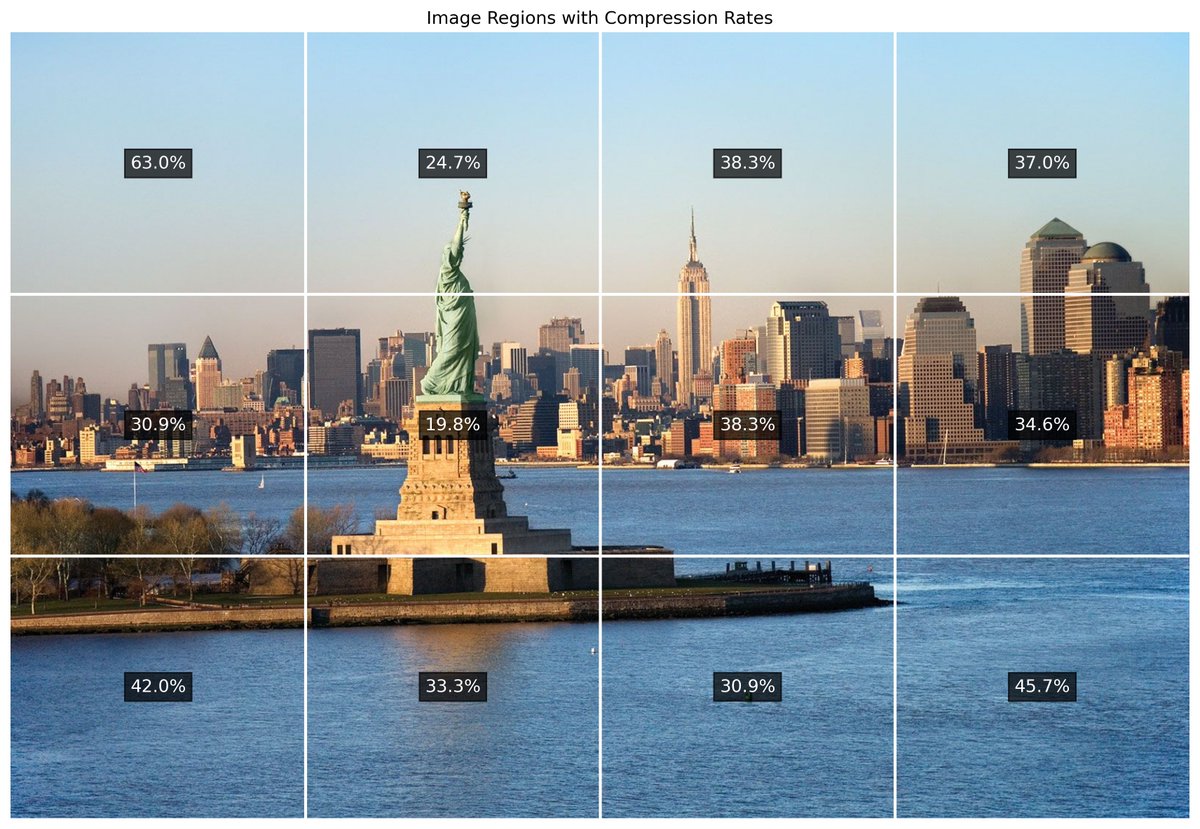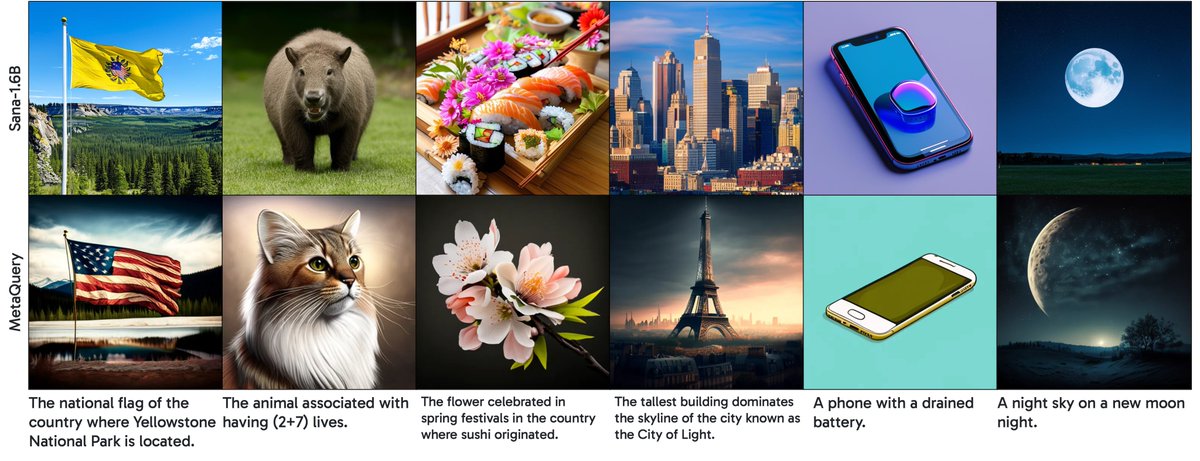
Gene Chou
@gene_ch0u
CS PhD student @Cornell; previously Princeton '22
ID: 1582075953169285138
http://genechou.com 17-10-2022 18:28:12
48 Tweet
232 Followers
240 Following




How can we use wide-FOV cameras for reconstruction? We propose self-calibration Gaussian Splatting that jointly optimizes camera parameters, lens distortion, and 3D Gaussian representations to directly reconstruct from a set of wide-angle captures. page: denghilbert.github.io/self-cali/

















